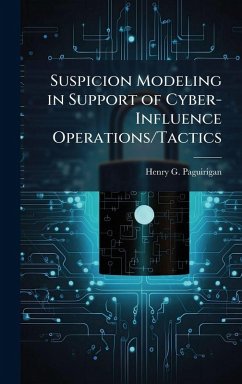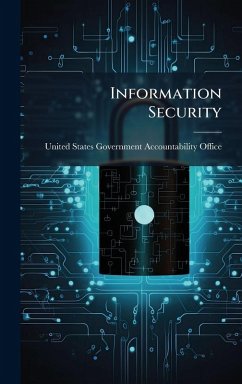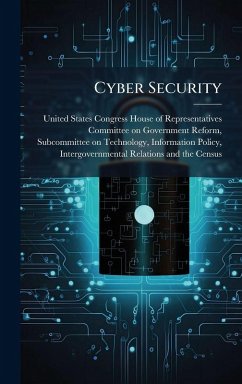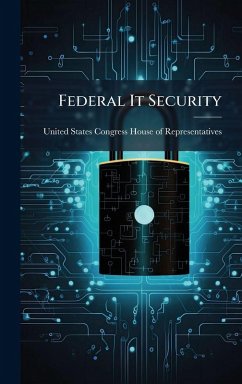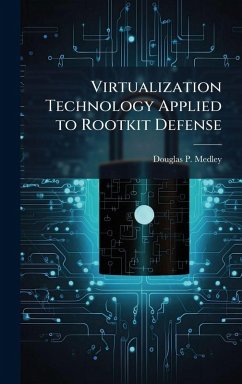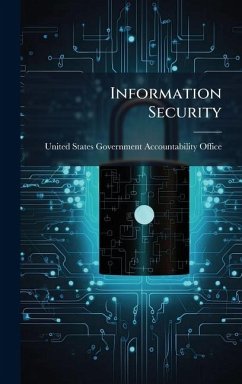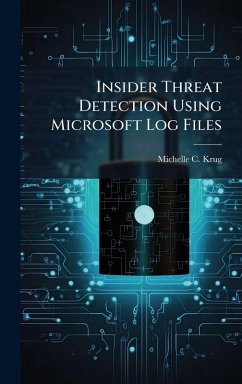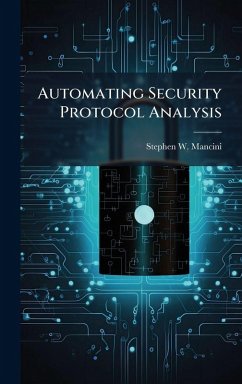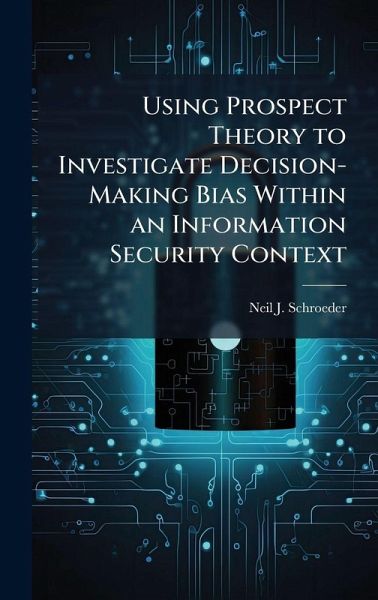
Using Prospect Theory to Investigate Decision-Making Bias Within an Information Security Context
Versandkostenfrei!
Versandfertig in über 4 Wochen
29,99 €
inkl. MwSt.
Weitere Ausgaben:

PAYBACK Punkte
15 °P sammeln!
Information security is an issue that has increased greatly in importance to bothindustry executives as well as military leadership over the past decade. In this time bothpractitioner and academic circles have researched and developed practices and process tomore effectively handle information security. Even with growth in these areas there hasbeen almost no research conducted into how decision makers actually behave. This isproblematic because information security decision makers in the Department of Defensehave been observed exhibiting risk seeking behavior when making information securityde...
Information security is an issue that has increased greatly in importance to bothindustry executives as well as military leadership over the past decade. In this time bothpractitioner and academic circles have researched and developed practices and process tomore effectively handle information security. Even with growth in these areas there hasbeen almost no research conducted into how decision makers actually behave. This isproblematic because information security decision makers in the Department of Defensehave been observed exhibiting risk seeking behavior when making information securitydecisions that seemingly violate accepted norms. There are presently no models in theliterature that provide sufficient insight into this phenomenon.This study used Prospect Theory, developed by Kahneman and Tversky, as aframework to develop a survey in an effort to obtain insight into how decision makersactually behave while making information security decisions. This work has been selected by scholars as being culturally important, and is part of the knowledge base of civilization as we know it. This work was reproduced from the original artifact, and remains as true to the original work as possible. Therefore, you will see the original copyright references, library stamps (as most of these works have been housed in our most important libraries around the world), and other notations in the work. This work is in the public domain in the United States of America, and possibly other nations. Within the United States, you may freely copy and distribute this work, as no entity (individual or corporate) has a copyright on the body of the work. As a reproduction of a historical artifact, this work may contain missing or blurred pages, poor pictures, errant marks, etc. Scholars believe, and we concur, that this work is important enough to be preserved, reproduced, and made generally available to the public. We appreciate your support of the preservation process, and thank you for being an important part of keeping this knowledge alive and relevant.



